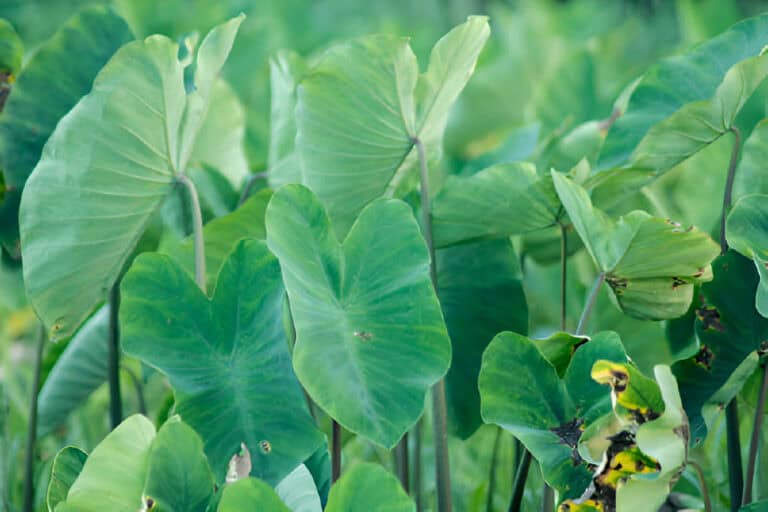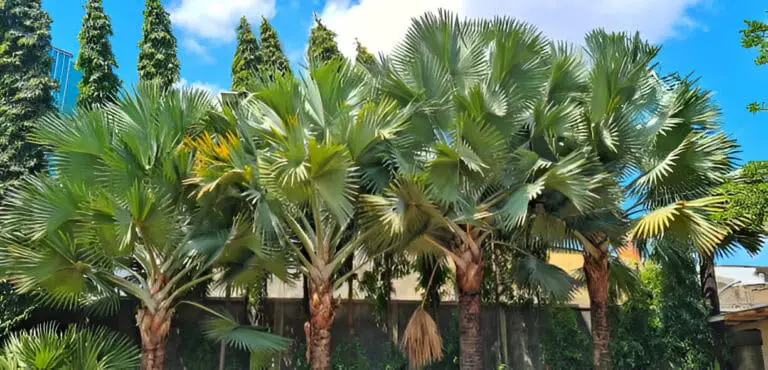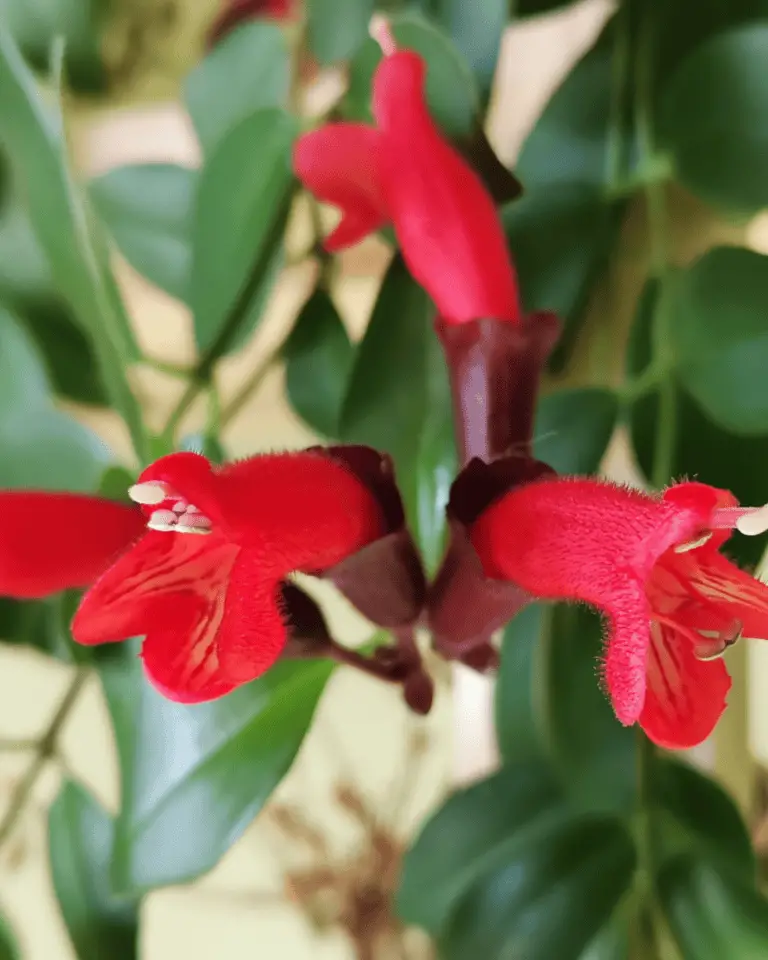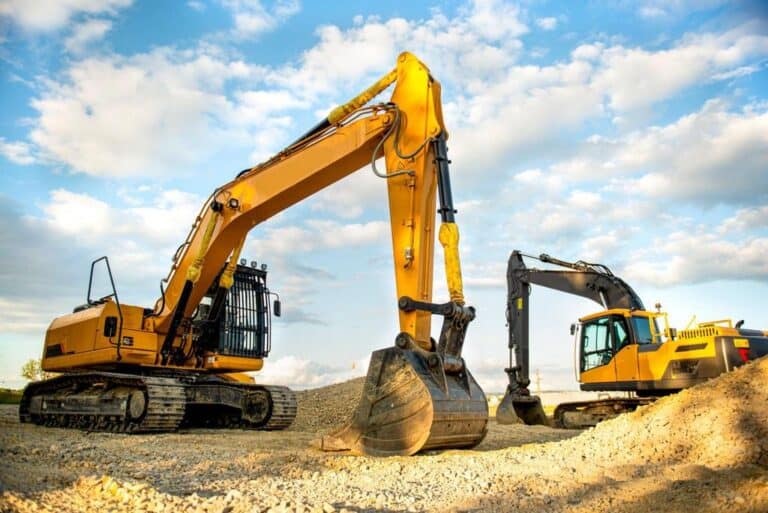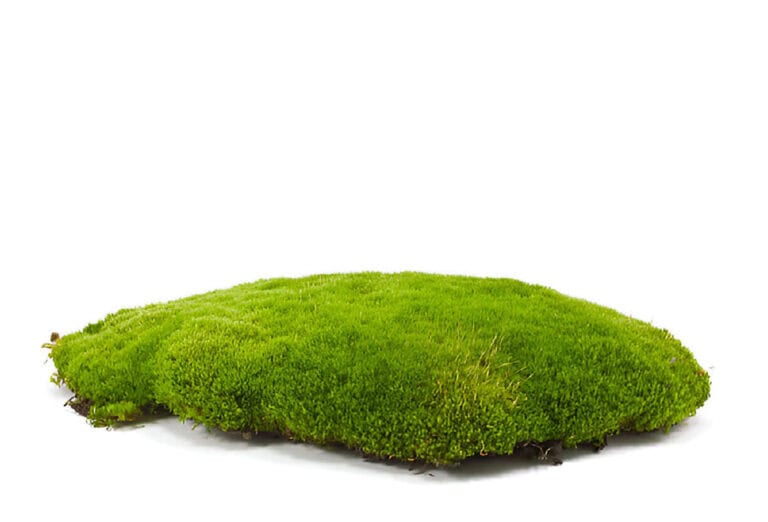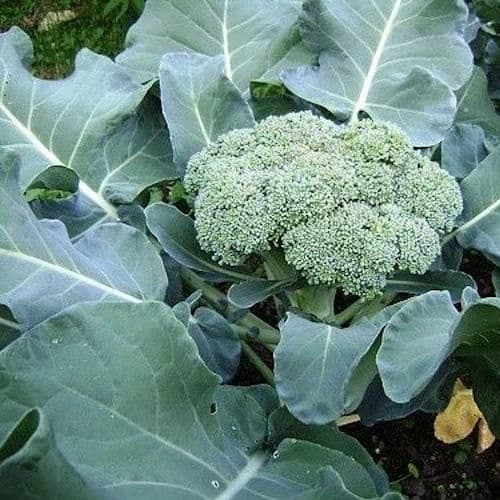When to Plant Onions in Indiana: A Comprehensive Guide

Are you eager to cultivate crisp, flavorful onions in your Indiana garden? Timing is crucial when it comes to planting onions for optimal growth and harvest. You might want sweet Vidalia onions for summer salads. Or, maybe pungent red onions for savory dishes. Knowing the best planting times is key. It can make all the difference.
In this article, we explore the best times to plant onions in Indiana. We consider the state’s climate and soil. Master the timing and techniques for onion planting. Then, you’ll be ready to grow a plentiful and delicious crop. It will enhance your cooking all year.
Understanding Indiana’s Climate
Indiana has cold winters and warm, humid summers. This climate is suitable for growing onions, which thrive in cool weather. The state is divided into different climate zones. Each has slightly varying conditions that affect planting times.
| Climate Zone | Best Planting Time |
| Northern Indiana | Early to Mid-April |
| Central Indiana | Late March to Early April |
| Southern Indiana | Mid to Late March |
Factors to Consider When Planting Onions
When planting onions, several factors are crucial for ensuring a healthy and productive crop. Understanding these elements can make a significant difference in your gardening success.
Soil temperature is a critical factor when planting onions. Onions like warm soil but not too hot, usually 50°F to 75°F. Planting in soil that is too cold can slow germination and growth. Planting in soil that is too hot can stress the plants.
Another important consideration is frost dates. Onions are somewhat frost-tolerant, but they grow best when planted after the last spring frost and before the first fall frost. This usually means planting onions in early spring and late summer in Indiana. They need time to mature before the weather gets too cold.
Choosing the right seeds is also essential. Onions can be grown from seeds, sets, or transplants. Seeds are the most cost-effective option, but they require more time to mature. Sets and transplants, on the other hand, can give you a head start, producing mature onions more quickly.
Table: Key Factors for Planting Onions
| Factor | Ideal Condition |
| Soil Temperature | 50°F – 75°F |
| Frost Dates | After last spring frost, before first fall frost |
| Seed Selection | Seeds for longer growth, sets/transplants for quicker results |
Considering these factors will help you achieve a bountiful onion harvest, adding flavor and nutrition to your culinary creations.
Best Times to Plant Onions in Indiana

Choosing the optimal planting time is essential for a successful onion crop. Onions can be grown from seeds, sets, or transplants, and the timing varies slightly depending on the method:
- Seeds: Plant onion seeds indoors 8-10 weeks before the last expected frost date. For Indiana, this means starting seeds indoors in January or February. Transplant seedlings outdoors in early to mid-April in Northern Indiana. Do it in late March to early April in Central Indiana and in mid to late March in Southern Indiana.
- Sets: Onions are small, dormant bulbs. You can plant them in the garden as soon as the soil is ready. In Southern Indiana, this is from mid to late March. In Central Indiana, it’s late March to early April. In Northern Indiana, it’s early to mid-April.
- Transplant: If you buy onion transplants, plant them outside at the same time as sets. Make sure the soil is workable and the temperatures are good.
Preparing to Plant Onions
Proper preparation is key to a successful onion crop. Here are the steps to follow:
- Soil Preparation: Onions prefer well-drained, fertile soil with a pH of 6.0 to 6.8. Prepare the soil by tilling it to a depth of 6-8 inches and incorporating organic matter such as compost or well-rotted manure. This improves soil structure and fertility, providing a good environment for onion growth.
- Choosing Varieties: Select onion varieties suited to Indiana’s growing conditions. Long-day varieties such as ‘Walla Walla’, ‘Yellow Sweet Spanish’, and ‘Red Zeppelin’ perform well in northern regions, while intermediate-day varieties like ‘Candy’ and ‘Super Star’ are suitable for central and southern Indiana.
- Planting Depth and Spacing: Plant onion seeds 1/4 inch deep, sets 1-2 inches deep, and transplants 1 inch deep. Space onions 4-6 inches apart in rows 12-18 inches apart. Proper spacing ensures adequate airflow and reduces the risk of disease.
Planting Onions Techniques
Planting onions correctly is crucial for their development. Follow these steps for optimal planting:
- Seeds: If starting onions from seeds indoors, use seed trays or pots filled with a sterile seed-starting mix. Keep the soil consistently moist and provide plenty of light. Transplant seedlings outdoors after hardening them off for a week.
- Sets and Transplants: Plant sets and transplants in the garden. Make sure the soil is workable and the temperatures are right. Water thoroughly after planting to help establish roots.
Onions Plant Care and Maintenance
- Watering: Onions need consistent moisture, especially during the bulbing stage. Provide 1 inch of water per week, either through rainfall or irrigation. Avoid overwatering, as this can lead to rot.
- Fertilizing: Use a balanced fertilizer (like 10-10-10) when planting. Then, add more when onions are 6 inches tall. Avoid excessive nitrogen, which can promote foliage growth at the expense of bulb development.
- Weed Control: Keep the area around onion plants free of weeds to prevent competition for nutrients and water. Mulching with straw or grass clippings can help suppress weeds and maintain soil moisture.
Pest and Disease Management
Despite being relatively hardy, onions are susceptible to diseases and pests. Implementing preventive measures and regular monitoring can minimize these issues:
- Common Pests: Onion maggots and thrips are common pests. Use floating row covers to protect young plants,s and apply insecticidal soap or neem oil as needed.
- Diseases: Downy mildew and botrytis are significant diseases affecting onions. Rotate crops annually to prevent disease buildup in the soil. Apply fungicides as needed and ensure good air circulation around plants.
Harvesting and Storage
Harvesting onions at the right time ensures maximum yield and quality:
- When to Harvest: Onions are ready to harvest when the tops begin to yellow and fall over. This typically occurs 90-120 days after planting, depending on the variety.
- Harvesting Technique: Gently pull or dig onions from the soil, taking care not to damage the bulbs. Brush off excess soil and let the onions cure in a warm, dry, well-ventilated area for 2-3 weeks.
- Storage: Store cured onions in a cool, dry place with good air circulation. Properly stored onions can last several months.
Conclusion
Planting onions in Indiana requires attention to timing. You need to prepare the soil and care for the plants. You can achieve a robust and flavorful onion crop. Do this by picking the right planting window. Also, prepare the soil well and follow best practices for planting, care, and harvesting.
You may prefer sweet, mild onions for fresh eating. Or, pungent ones for cooking and storage. Growing onions can be a rewarding addition to your gardening. Happy planting!

